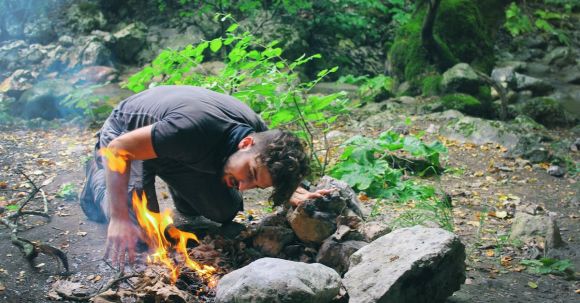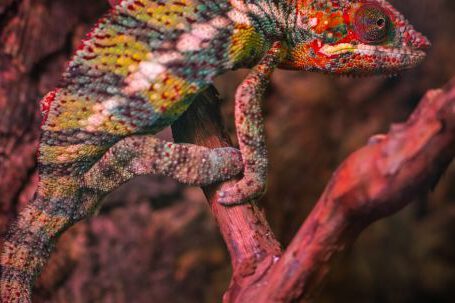Nature has an incredible ability to adapt and survive in the harshest of conditions. From the freezing cold of the Arctic to the scorching heat of the desert, organisms have evolved remarkable strategies to ensure their survival. In this article, we will explore some of the most extreme survival adaptations found in the natural world.
Camouflage: The Art of Blending In
One of the most common survival strategies in nature is camouflage. Many animals have evolved the ability to blend seamlessly into their surroundings, making them virtually invisible to predators and prey alike. Take the chameleon, for example. This remarkable reptile can change its skin color to match the environment, allowing it to hide in plain sight. Similarly, the Arctic fox changes its fur color from brown in the summer to white in the winter, providing it with excellent camouflage against the snowy landscape.
Extreme Temperature Tolerance: Surviving the Unforgiving
Extreme temperatures can be deadly, but some organisms have managed to adapt and thrive in these conditions. The water bear, also known as the tardigrade, is a microscopic creature that can survive extreme temperatures ranging from -200°C to 150°C. It does so by entering a state of suspended animation, essentially shutting down its metabolism until conditions become favorable again. Similarly, the Saharan silver ant has adapted to withstand blistering heat by having a reflective coating on its body, which helps to reduce heat absorption.
Deep-Sea Dwellers: Life in the Abyss
The deep sea is one of the most inhospitable environments on Earth, with extreme pressure, complete darkness, and limited food sources. Yet, there are organisms that have adapted to thrive in this harsh environment. The anglerfish, for instance, has a bioluminescent lure on top of its head to attract prey in the darkness. Another remarkable deep-sea dweller is the giant tube worm, which can tolerate high levels of hydrogen sulfide and has a symbiotic relationship with bacteria that provide it with nutrients.
Surviving Without Water: Masters of Desert Adaptation
Water is essential for life, but some organisms have evolved to survive in arid desert environments. The kangaroo rat, for example, has adapted to obtain the majority of its water from the seeds it eats, allowing it to live in water-scarce regions. The saguaro cactus has developed a system of storing water in its thick trunk and spines, enabling it to survive long periods of drought. These adaptations are crucial for survival in the desert, where water is scarce and temperatures can be extreme.
Predator-Prey Arms Race: The Struggle for Survival
In the natural world, predators and prey are engaged in a constant arms race, with each trying to outsmart the other. This has led to the evolution of some extraordinary survival adaptations. The peregrine falcon, for instance, is known for its incredible diving speeds, reaching up to 240 miles per hour, allowing it to catch its prey in mid-air. On the other hand, the cactus plant has developed sharp spines to deter herbivores from eating it, while also providing shade and reducing water loss.
Conclusion: Nature’s Endless Adaptations
Nature is a constant source of inspiration when it comes to survival adaptations. From the intricate camouflage of chameleons to the extreme temperature tolerance of water bears, organisms have developed remarkable strategies to ensure their survival in the most challenging of environments. These adaptations not only showcase the incredible diversity of life on Earth but also serve as a reminder of nature’s resilience and ingenuity. As we continue to explore and understand these adaptations, we can gain valuable insights into how we, as humans, can adapt and thrive in the face of adversity.





